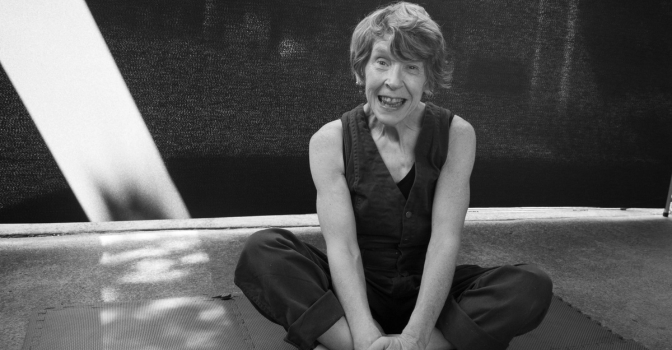At some point in our lives, many of us have considered learning a musical instrument. Research shows that playing instruments is highly beneficial for both our bodies and brains. However, people with disability often miss out on these benefits because standard instruments aren’t always accessible.
Playing traditional instruments can be challenging for people with mobility restrictions or sensory or intellectual disability. By adapting or modifying how instruments are played, we can open up the musical world to everyone.
A different way of playing the cello.
Many professional musicians form a deep connection with their instruments, often describing it as falling in love.
Christina Hayes, who fell in love with the cello as a child, became a professional cellist performing in orchestras across Australia and Europe. However, in her 30s, she developed spondylolisthesis, a condition that causes the spinal vertebrae to slip. Playing the cello became incredibly painful due to her spinal injury.
“When you play, the weight of the cello rests on your torso and pushes against your lower back,” Hayes explains. As a professional musician, she often held this position for hours. Her injury not only disrupted her career, but she also lost the ability to play for pleasure.
“I’ve had surgery to fuse my spine, which has helped with some of the nerve pain, but I couldn’t sit and hold my cello for long periods of time,” Hayes says. “When I met my husband, an engineer, he was determined to find a way for me to play the cello again.”
Her husband commissioned an electric cello to be made, which includes a tripod allowing Hayes to play while standing. While it may not resemble a traditional cello, it’s incredibly special to her. She recently performed at her own wedding and is working on composing a trio for piano, electric cello and electric violin.
Music to learn other life skills.
For over 15 years, music teacher Lee Strickland has worked with people with disability, often those with complex needs. She uses music to help students.
“If a mother wants a child to begin brushing their own teeth, or hopes they may feed themselves with a spoon, you can easily use music to support those goals,” Strickland says. By breaking down the movements into micro-steps – such as grasping a tool and raising it to the mouth – Strickland uses techniques similar to playing a harmonica or blowing a whistle.
Often, people with disability miss out on music lessons in schools or other organisations. Strickland attributes this to “people’s attitude, fear or lack of knowledge on how to make music accessible”.
Adapting musical instruments, playing positions, notation or charts can transform the experience from inaccessible to life-changing. For example, playing the guitar can increase hand function for people with low muscle tone. Adapting the instrument might be as simple as glueing a guitar pick to a small ball, making it easier for someone to hold and strum, rather than expecting them to grip the pick with their fingers.
How disability can lead to new creative expressions.
Embracing disability in the musical world can lead to new creative expressions and even new art forms. For instance, Melbourne-based artist Melinda Smith, who has cerebral palsy, integrates music into her dance practice using a device called AirSticks. This device, which converts movement into sound, was developed by Australian composers Alon Ilsar and Mark Havryliv.
Under Smith’s control, the AirSticks add layers of sound and visual elements to her performances. “For me to move well, I love to use music as a way to engage with my body,” Smith says. “[Music] helps me incredibly to connect and define each shift and everything I feel and want to communicate.”
Smith’s disability is an integral part of her art, often incorporating her wheelchair and assistive technology into her dance, which centres around voluntary and involuntary movements. The AirSticks allow her to play instruments of her choice through music software. “It might be a drum on one AirStick, and a harp on the other,” Smith says.
Controlling the beat and rhythm of the music through her movement is one of the ways she honours her abilities. “I very much love to work with my cerebral palsy at all times because that helps me maintain the relationship with my body and my creative ideas,” Smith adds.
Want more great stories like this?
Take a look at the Leap in! Knowledge Centre above for great content, ebooks and more!

